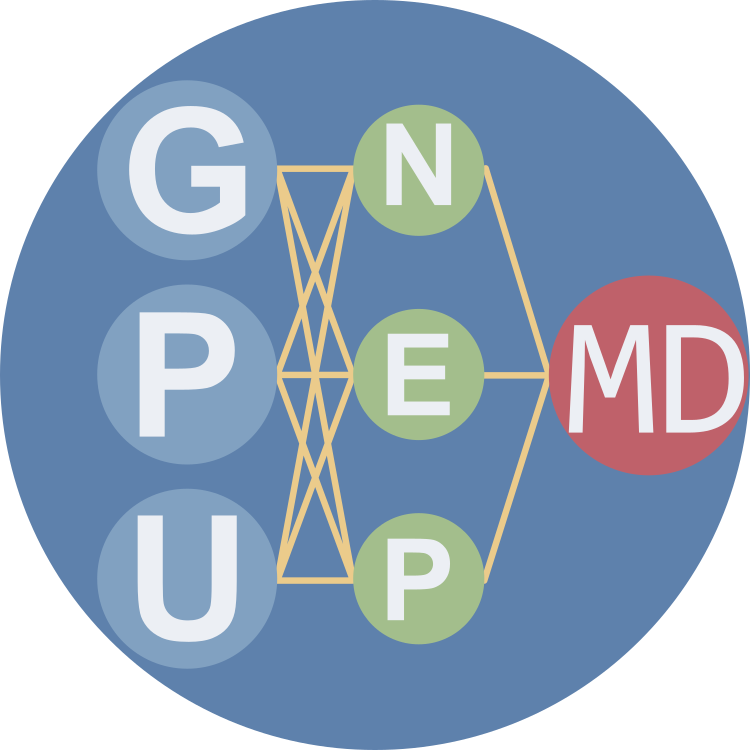Solute segregation in polycrystalline aluminum from hybrid Monte Carlo and molecular dynamics simulations with a unified neuroevolution potential
One of the most effective methods to enhance the strength of aluminum alloys involves modifying grain boundaries (GBs) through solute segregation. However, the fundamental mechanisms of solute segregation and their impacts on material properties remain elusive. In this study, we implemented highly efficient hybrid Monte Carlo and molecular dynamics (MCMD) algorithms in the graphics process units molecular dynamics (GPUMD) package. Using this efficient MCMD approach combined with a general-purpose machine-learning-based neuroevolution potential (NEP) for 16 elemental metals and their alloys, we simulated the segregation of 15 solutes in polycrystalline Al. Our results elucidate the segregation behavior and trends of 15 solutes in polycrystalline Al. Additionally, we investigated the impact of solutes on the strength of polycrystalline Al. The mechanisms underlying solute strengthening and embrittlement were analyzed at the atomistic level, revealing the importance of GB cohesion, as well as the nucleation and movement of Shockley dislocations, in determining the material's strength. We anticipate that our developed methods, along with our insights into solute segregation behavior in polycrystalline Al, will be valuable for the design of Al alloys and other multi-component materials, including medium-entropy materials, high-entropy materials, and complex concentrated alloys.
PDF Abstract